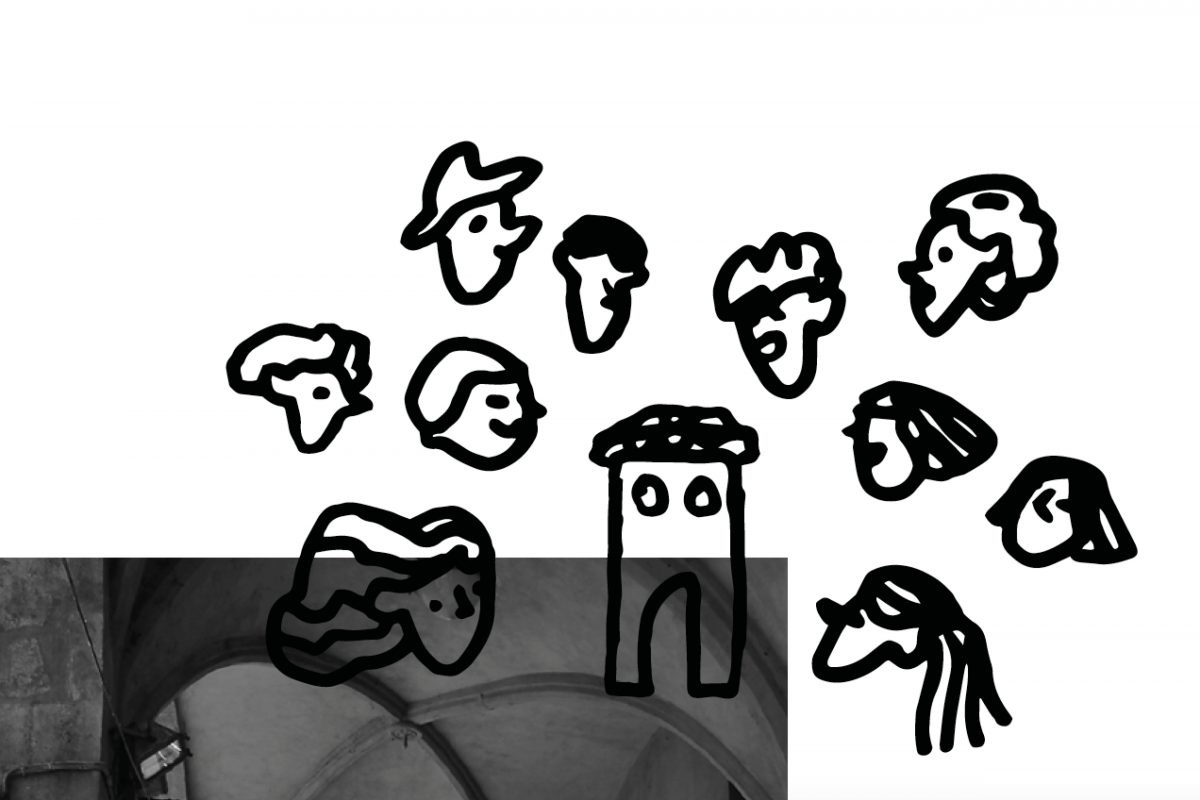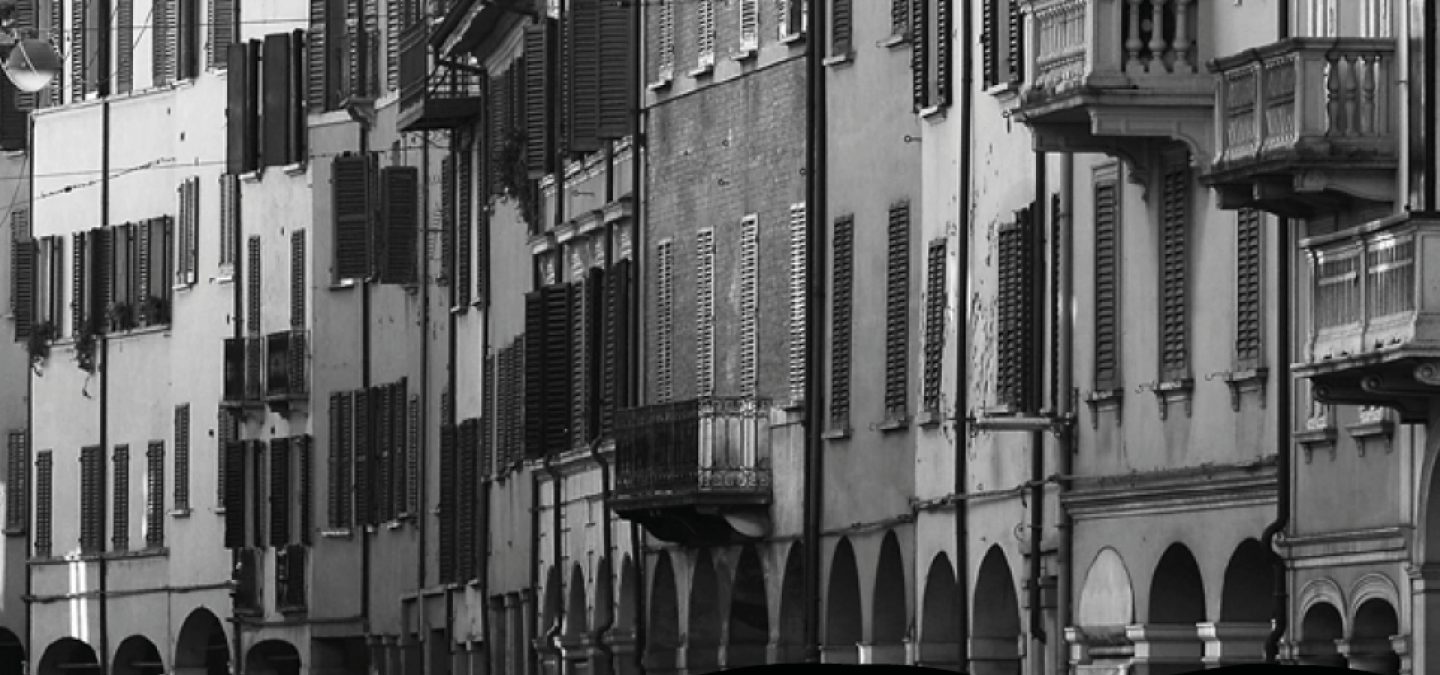
Keep up with our latest news and projects!

The Portici of Bologna represent an inclusive time machine, where the development of the urban hardware among centuries adapts to the social and economic demand.
Cities have grown by following the development of public life quality. One of the oldest examples of this phenomenon is the city of Bologna, where the medieval urbanisation process embraced the concept of inclusivity and revealed how organic growth can truly adapt to the needs of the time.
Since 2006, Portici of Bologna, which extend some 38 km along the city streets, have been considered UNESCO heritage, not only for their architectural value but also for their social and inclusive meaning. They represent the identity of the city, as semi-open and semi-public spaces where cultural, material and immaterial heritage is embedded (Cineteca, n.d.).
The birth of Portici dates back to the 11th century and their development has undergone a number of phases, in relation to their physical structure as well as their land use. The most relevant historical fact that is concurrent with the growth of this architectural typology is the birth of Bologna University in 1088. Considered the oldest university in Europe, this new institution attracted a consistent number of students, professors, researchers and academics from Italy and Europe. Meanwhile, the phenomenon of migration from the countryside to urban areas became more and more frequent.
While the economy of the city was growing incredibly fast, the municipality of Bologna had to cope with a real housing emergency; the need to invent a new urban space became essential (In Italia, n.d.). The citizens of the city understood the financial value of migration and started adapting their houses to the urban trend. In a spontaneous and informal way, the upper floors of houses were enlarged, by building wooden beam extension. As time went by, the bulks developed into more jutting shapes hanging over the public streets and the need for supporting columns from the ground up became vital. This is how Portici were born and became the representative architecture of the plinths of Bologna’s city centre
With the birth of a new type of urban area, diverse activities started to take place, all in the same time and space: students and professors found homes and at the same time a gathering area, where commercial and daily activities were happening (Informa Giovani Italia, n.d.). The semi-public/semi-private characteristic of Portici allowed people to create a network and to be spontaneously included in it. The semi-open structure turned into the ideal zone for walking, protected from the sun during the hot season and from the cold rain and snow during the winter.
Although this urban phenomenon occurred in diverse cities, not all municipalities of the region reacted in the same way. Many mayors conceived this new architecture as informal, not legally approvable and decided to demolish it for a new urban reconstruction. However, the city of Bologna perceived the recent development of the urban fabric as an advantage that needs to be preserved and improved. In 1288 a municipal ban established that each household had the responsibility to build and maintain the arcade adjacent of their houses. The land ownership shifted from public to private, although the function of the space itself remained public; the Portici served as a pedestrian public path. Even to this day the Portici of Bologna represent the inclusive identity of the city, as a space of sharing and connecting (In Italia, n.d.).
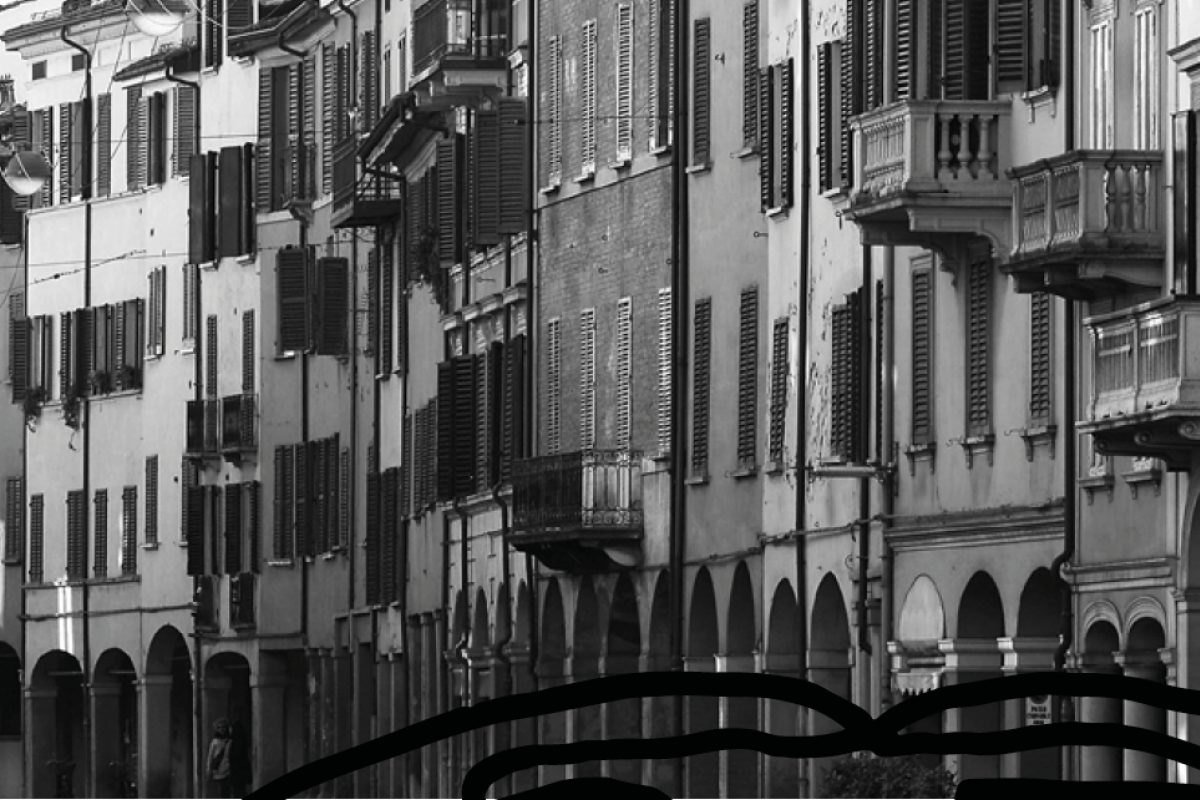
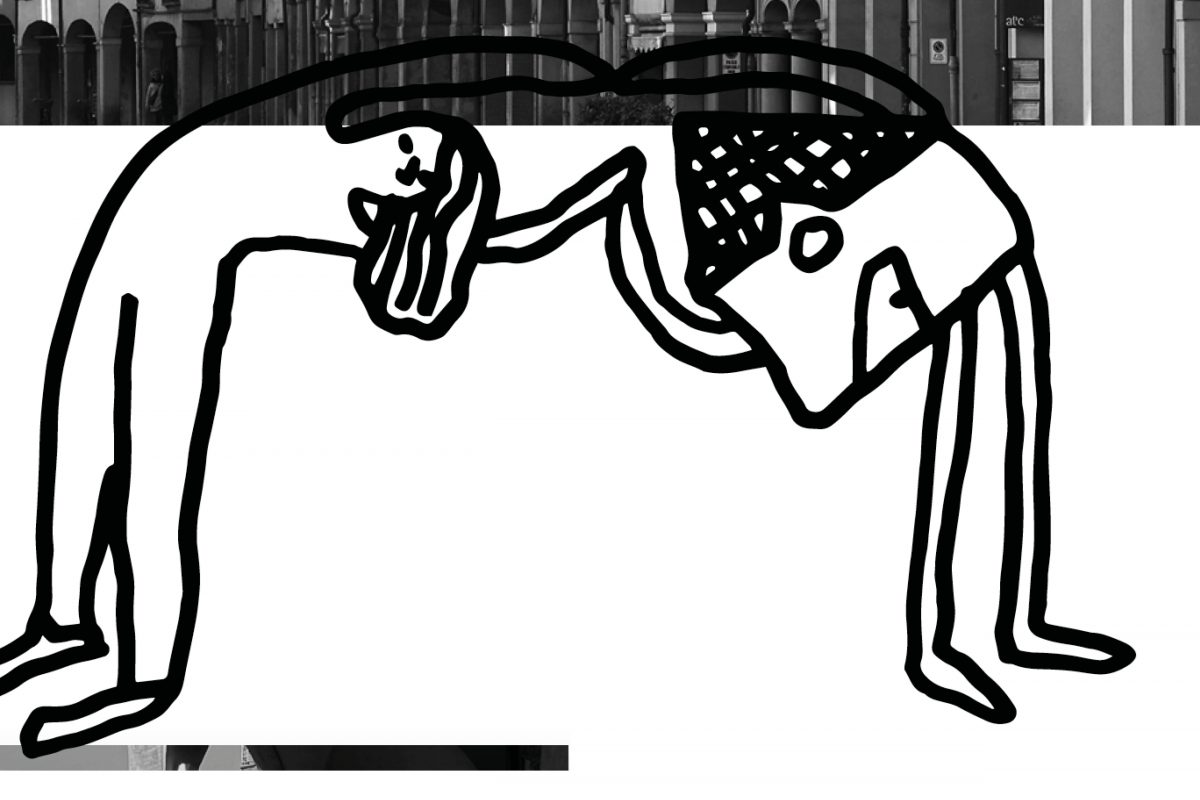
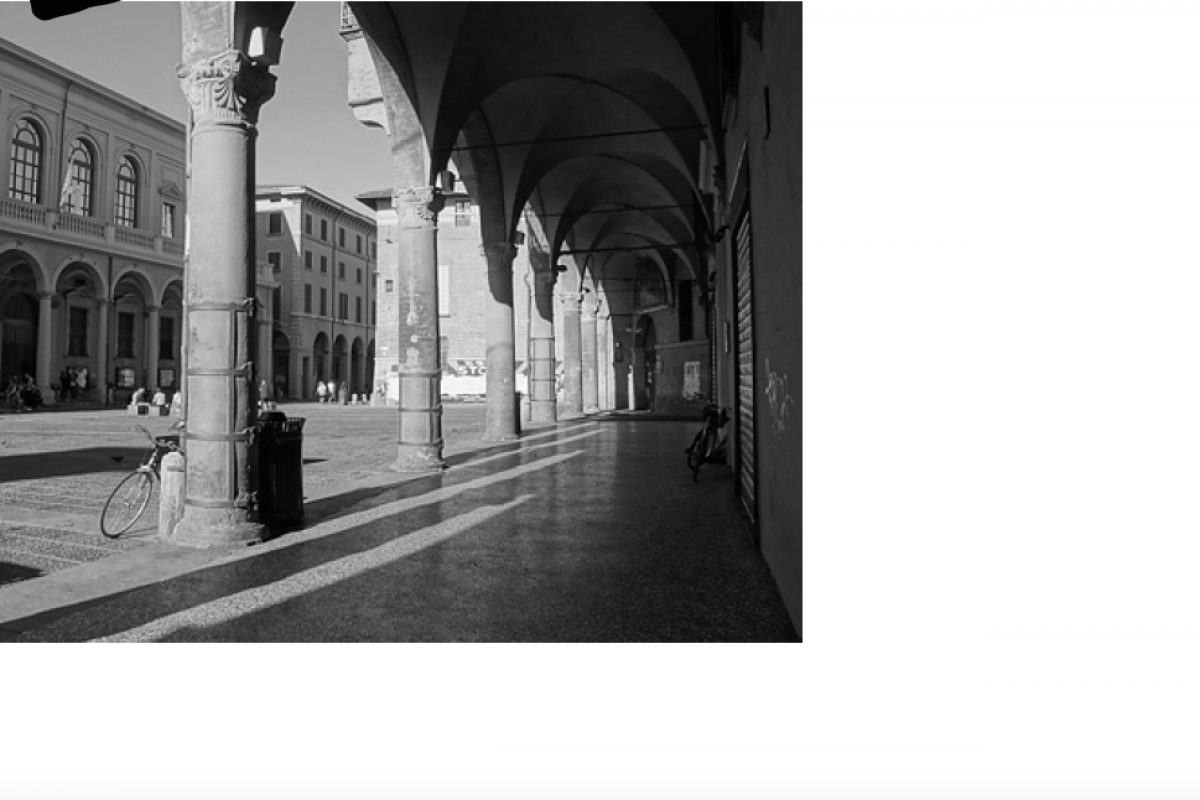
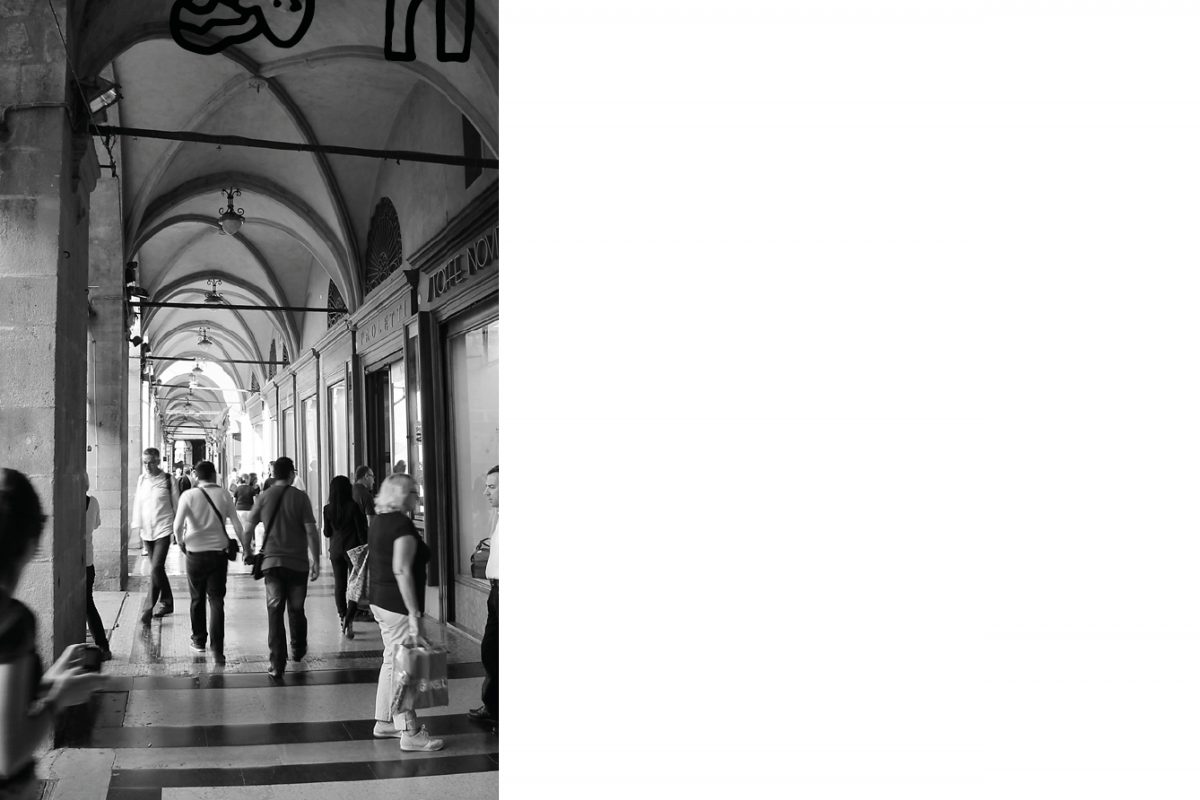
The unique case of Bologna development during medieval times shows how back in history we can travel to understand what a fundamental effect public services and amenities have on our cities’ expansion. The first explanation is related to the connection between city growth and human interaction. As wealthier public life attracts financial initiatives and entrepreneurs, in the same way, the University of Bologna welcomed a great number of students and professors. The result is evident in the positive adaptability of the local community and the willingness of the municipality to accept the change and embrace it as advantageous. The dynamic and effective face-to-face interaction between different people took place in what today we call mixed urban areas, which precipitated the creation of a dynamic network of experts, knowledge sharing and innovation. Thus, Portici represent one of the most effective and inclusive processes of urban adaptation in response to the social and economic demand of cities.
How back in history can this time machine travel? I recommend you to look back through the past of your own cities and discover for yourself.
